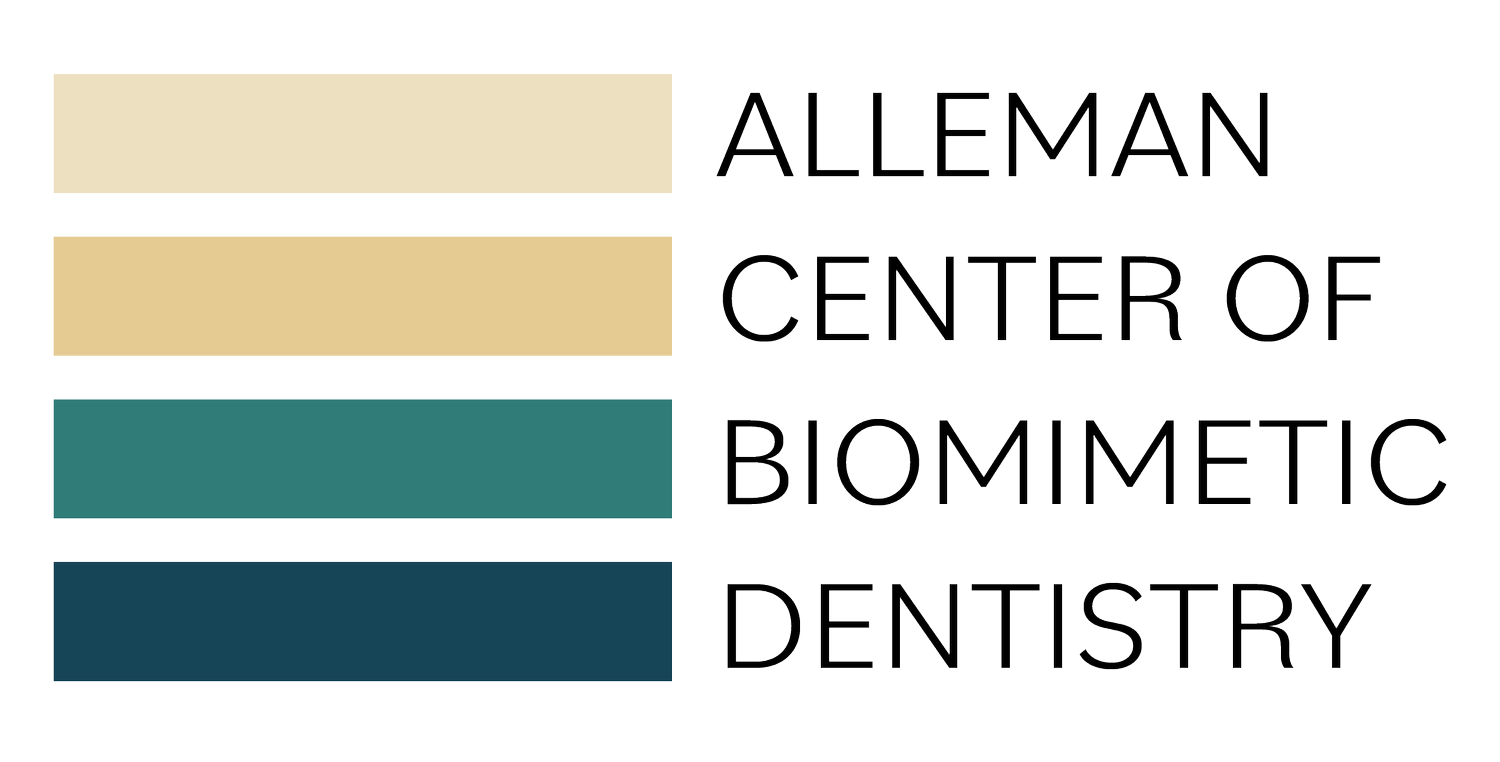Dental Photography in Your Biomimetic Tool Kit
Seeing dental photography online may give the impression that the goal is sharing a beautiful photo and that unless you want to invest in a DSLR camera, lighting and editing software, it isn’t a hobby worth exploring. While many dentists get great satisfaction from a beautiful photo of a restoration — Alleman Center doctors included! — we recommend that every dentist should be taking photos of their work. This is because we see dental photography as a tool for better dentistry.
Dental photography as a tool:
Patient Education
Many patients do not understand what different treatments entail and why a certain treatment is recommended over another. By showing examples of each step of your work and their own case, patients can see the reason why you are recommending a specific treatment for their tooth
By seeing it with their own eyes, patients will also appreciate the work you are doing even more. Show any patient a picture of a crowned tooth that has been left to crack and decay and they won’t want that outcome for their teeth. But when patients see each step in a biomimetic restoration, they will understand how it is different from traditional techniques.
A Second Set of Eyes
When we look at something too long, it is easy to miss details. With a photo, you can step back from your work and take the time to make sure your treatment plan is going as designed. The still snapshot of your work and benefit of added magnification will help you feel confident in your treatment.
Tip: Take photos before moving onto the next step to make sure you are actually ready for the next step. Examples include your caries removal endpoints, crack removal endpoints, peripheral seal zone and while cleaning composite before curing.
Examples of Work
Most patients have options when picking their dentist, and seeing a dentist’s work can be a deciding factor. Just like patient education photos, these examples show patients how you are different from other doctors in your area.
Constant Growth and Learning
You can learn a lot by reviewing old cases, so incorporating photography into your workflow will give you a wealth of learning opportunities. Focus on photos that show your isolation, final peripheral seal zone, biobase, adaptation and occlusion so you can improve these technique-sensitive steps.
But remember…
The Most Important Photo
The most important photo isn’t the final, polished restoration. The most important photo you take is your caries and crack removal endpoints. This photo shows any biomimetic dentist that you are set up for a restoration that will stay bonded and vital, when followed with immediate dentin sealing and resin coating.
The Best Camera is the Camera You Have
The best camera is the one you feel comfortable using and have on hand when you need it. For most people, this is their smartphone. You do not need a fancy camera, extra equipment or even the newest phone to use photography in your work.
Learning biomimetic dentistry
In the Biomimetic Mastership, we ask each doctor to share photos of their work at the end of our first nine weeks of lectures because we feel that photography is such a valuable tool. Photo quality is not the point. We look for photos that show the steps in a restoration because it helps doctors continue to learn and grow.
So if photographing your cases is something new to you or something you have found intimidating, set out with a goal to try taking one or two photos this week and then a few more each week after that. Soon you’ll find photography is a useful part of your workflow and reviewing the photos with your patients, team and colleagues will become a fulfilling part of helping your patients.
